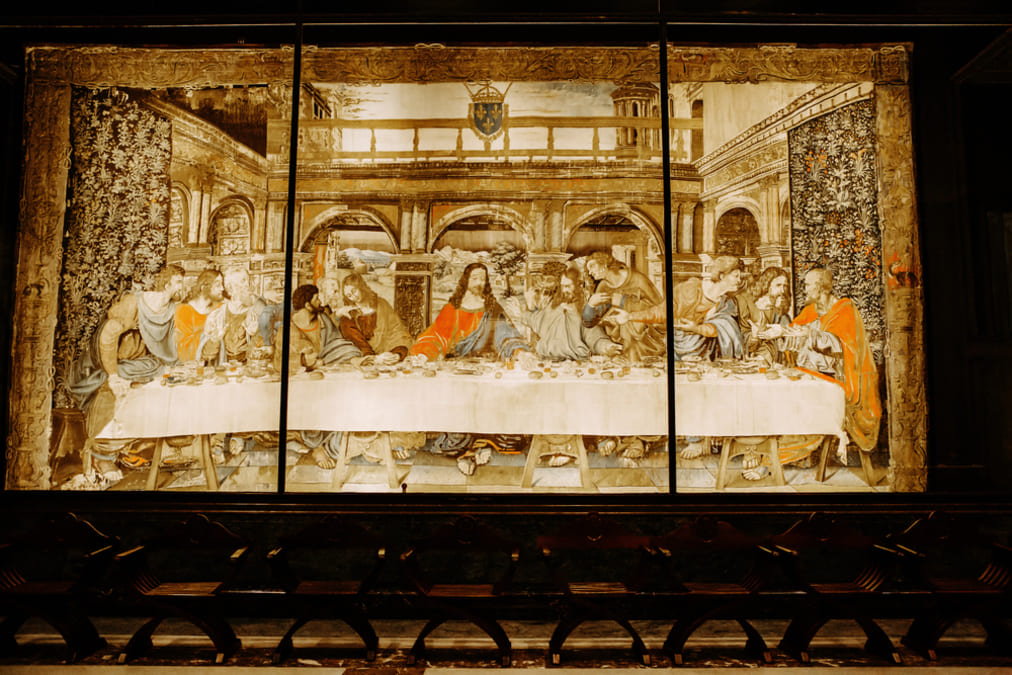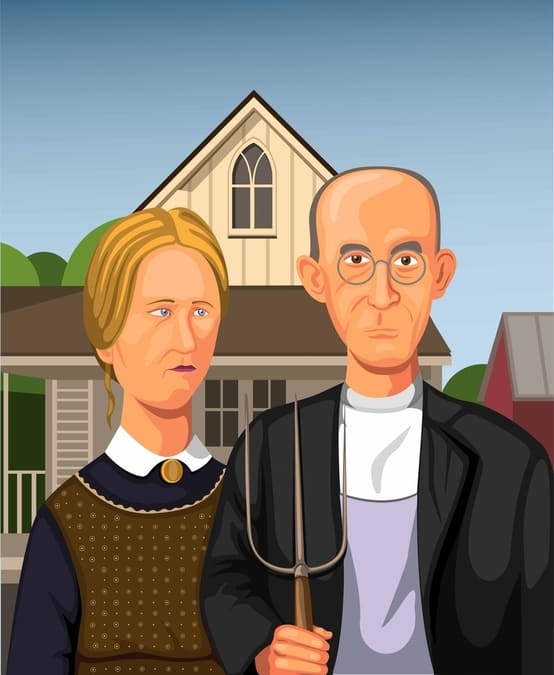Art is a fascinating realm where creativity meets interpretation. It’s like a treasure hunt, where each painting or sculpture might hold hidden messages waiting to be discovered. Let’s embark on an intriguing journey to uncover the secret symbols and concealed meanings in some of the world’s most famous artworks.
Table of Contents
The Last Supper by Leonardo da Vinci

Da Vinci’s masterpiece is not just a religious painting; it’s a puzzle box of hidden messages. Some believe that the figure to Jesus’s right is not the apostle John, but Mary Magdalene, suggesting a much-debated religious theory.
The Sistine Chapel Ceiling by Michelangelo

Michelangelo’s breathtaking fresco is a feast for the eyes and the mind. Some researchers suggest that the shape surrounding God in “The Creation of Adam” resembles an anatomically accurate brain, hinting at the divine source of human intellect.
The Arnolfini Portrait by Jan Van Eyck

This 15th-century painting is like a mirror reflecting hidden details. The mirror at the back of the couple reveals two witnesses to the marriage, and the small dog symbolizes fidelity, adding layers of meaning to this domestic scene.
The Persistence of Memory by Salvador Dali

Dali’s surreal painting is a riddle wrapped in a mystery. The melting clocks are thought to symbolize the fluidity and irrelevance of time in the dream state, challenging our conventional understanding of reality.
American Gothic by Grant Wood

This iconic painting hides its message in plain sight. The single window in the upper level, resembling a medieval cathedral window, and the pitchfork symbolize the rigid moral code and hard work of the American Midwest.
The Night Watch by Rembrandt

Rembrandt’s famous painting is a masterclass in symbolism. The girl in the golden dress, carrying a chicken with claws hanging down, is thought to symbolize the militia’s emblem, a lion with claws.
Guernica by Pablo Picasso

Picasso’s powerful anti-war painting is filled with symbolic imagery. The light bulb in the painting, for instance, is interpreted as the all-seeing eye of God, witnessing the horrors of war.
The Birth of Venus by Sandro Botticelli

Note: The painting got flagged (removed), so I can’t include it, but you can easily find it with a quick search.
Botticelli’s masterpiece is a celebration of beauty and love. However, the nudity of Venus was a bold statement in the conservative Middle Ages, symbolizing divine love and spiritual enlightenment.
The Starry Night by Vincent Van Gogh

Van Gogh’s famous painting is a window into his mental state. The swirling patterns of the sky could represent the artist’s internal turmoil, making the painting a poignant expression of his struggle with mental illness.
The Scream by Edvard Munch

Munch’s iconic artwork is a visual representation of existential angst. The wavy lines and the figure’s agonized expression are thought to symbolize the anxiety and alienation of modern life.
In conclusion, art is more than meets the eye. It’s a secret language, a coded message from the artist to the viewer. These hidden messages in famous artworks remind us that art is not just about beauty; it’s a conversation across time and space, a dialogue between the artist and the viewer. So, the next time you look at a painting, remember there might be a secret waiting to be discovered!








